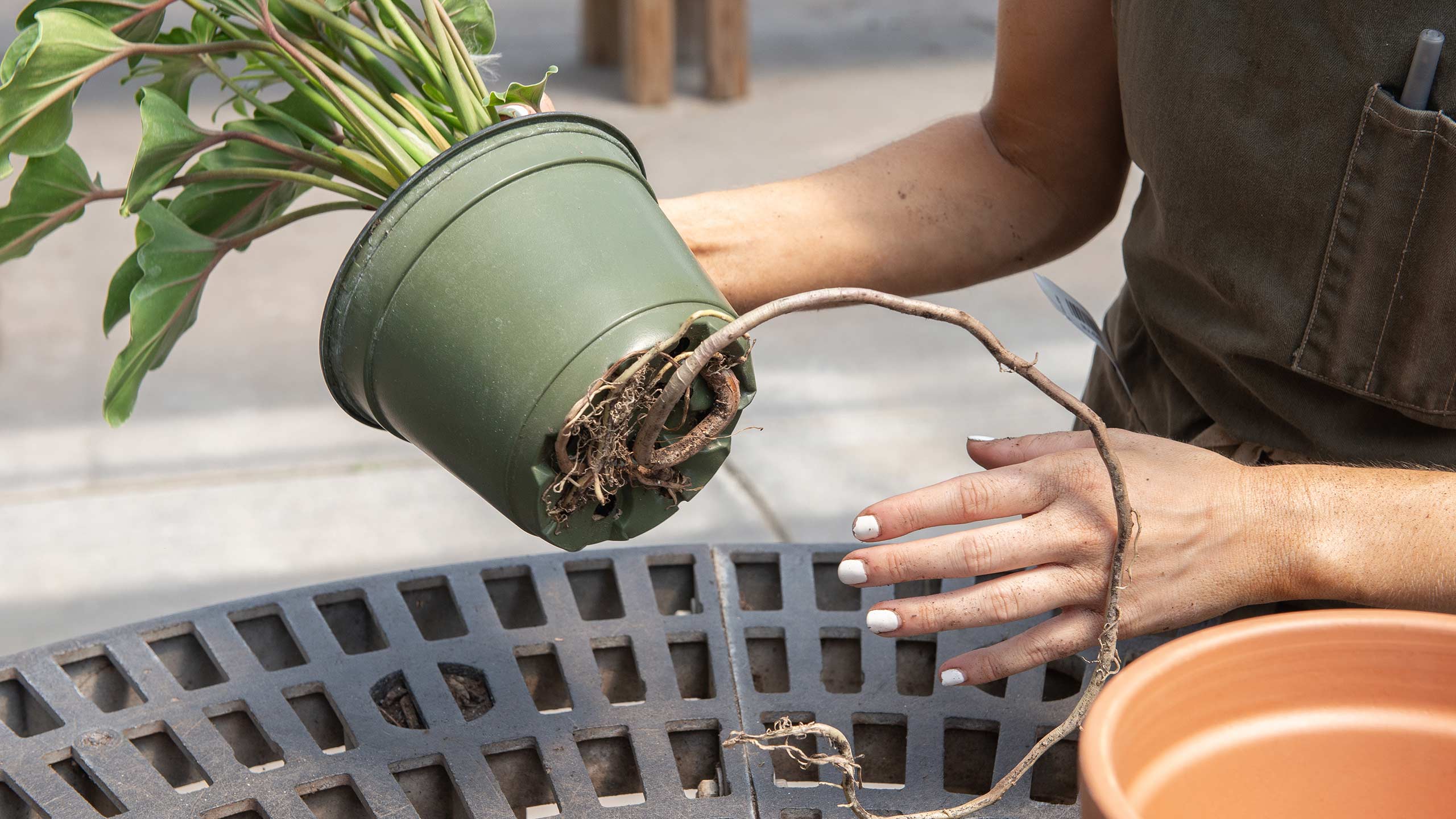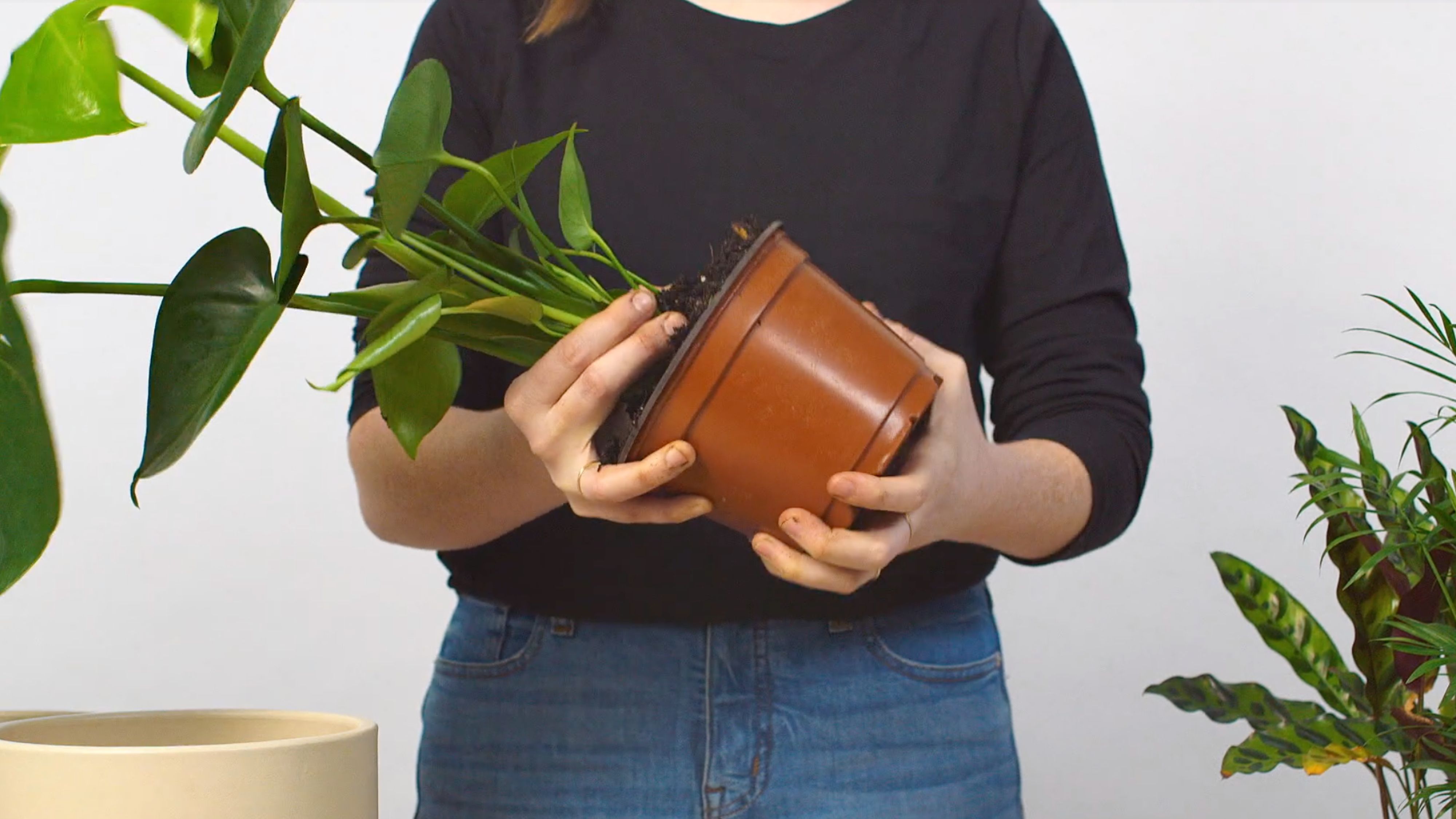The best time to repot container plants is in early spring or late winter before new growth begins. Repotting during this time allows the plants to establish their roots in the new container before the growing season starts.
It also helps prevent transplant shock and ensures the plants have enough time to recover and thrive. Repotting is essential to provide fresh soil, remove any root-bound conditions, and promote healthy growth in container plants. By repotting at the right time, you give your plants the best chance of success and encourage robust root development and overall plant health.
Introduction To Repotting
Repotting container plants is important for their health and growth. Signs that your plant needs repotting include roots growing through the drainage holes and the soil drying out quickly. When repotting, gently remove the plant from its current container and inspect the roots for any signs of overcrowding. Choose a new pot that is 1-2 inches larger in diameter and has drainage holes. Place fresh potting mix in the new container and carefully transfer the plant, ensuring the top of the root ball is level with the top of the new pot. Water thoroughly and place the plant in a suitable location to help it adjust to its new home. Remember, choosing the right time to repot your container plants can greatly impact their overall health and vitality.
Understanding Plant Growth Cycles
Understanding the growth cycles of container plants is essential for successful repotting. Active growth occurs during the warmer months when plants require more water and nutrients to flourish. Repotting during this phase can encourage growth and reduce the risk of transplant shock. However, during dormancy, plants are less active and require less water and nutrients. Repotting during this phase can damage the plant and slow its growth.
The seasonal impact on repotting is also crucial. In the spring, plants are emerging from dormancy and beginning their active growth phase. It is an ideal time for repotting as they will have the energy and resources to recover quickly. In the summer, it is best to avoid repotting during the hottest months as the stress can be too much for the plant. In the fall, repotting should be done before the plant enters dormancy, allowing it to establish new roots before winter.
| Active Growth | Dormancy |
|---|---|
| Warmer months | Cooler months |
| Require more water and nutrients | Require less water and nutrients |
| Encourages growth | Can damage the plant |
The Best Seasons For Repotting
Spring is the best time for repotting container plants, as it allows for renewal and growth. However, summer can be tricky, as the heat and dry conditions may cause stress to the plants. It’s important to monitor the plants closely during this time to ensure they are not under too much stress. Avoid repotting in the winter, as the plants are usually in a dormant state and may not respond well to being disturbed. Overall, the best time to repot container plants is during the spring months, when they are actively growing and can adjust to their new environment more easily.
Timing With Plant Types
Timing is crucial when it comes to repotting container plants. Deciduous plants should be repotted in late winter or early spring, before they start to leaf out. This allows them to establish new roots before the growing season. Succulents and cacti have special considerations. They should be repotted in the spring or summer, when they are actively growing. Avoid repotting them in the winter when they are dormant. It’s important to choose the right time to repot your plants to ensure their health and growth. Keep in mind the specific needs of each plant type and their growth patterns. By repotting at the appropriate time, you can help your container plants thrive and flourish.
Assessing Root Health
When assessing the health of your container plants, it’s important to check for root-bound conditions. Look for roots circling the container walls or emerging from the drainage holes. If you find healthy, white roots, it may be best to leave them undisturbed. Repotting is typically recommended when roots are densely packed or form a solid mass. It’s essential to carefully examine the root system to determine the best course of action for your plants’ well-being.

Credit: www.finegardening.com
Soil Considerations
When repotting container plants, selecting the right soil mix is crucial. Use a blend of potting mix, perlite, and vermiculite for optimal drainage. Consider refreshing soil without full repotting if plants are thriving.
Pot Selection
The best time to repot container plants depends on their specific needs, but generally, it is recommended to do so in the spring before new growth starts. This allows the plants to establish their roots in fresh soil and thrive throughout the growing season.
| Size Matters: Choose a pot that allows room for plant growth. |
| Upgrading Pot Size: Choose a pot 1-2 sizes larger than current one. |
| Material Choices: Consider clay for breathability or plastic for moisture retention. |
| The Impact on Plants: The right pot can affect plant health and growth. |

Credit: mulhalls.com
Post-repotting Care
After repotting container plants, it is essential to carefully adjust watering practices. Make sure to water thoroughly, allowing excess water to drain. Check soil moisture regularly to prevent overwatering.
In addition, consider the light and temperature requirements of your plants. Place them in an area with adequate light and maintain consistent temperatures. Avoid drastic changes that could stress the plants.
Common Mistakes To Avoid
|
Advanced Tips For Repotting
Repotting container plants is essential for their health and growth. The best time to repot is in the spring, before the new growth begins. Root pruning can help promote healthier root development and overall plant vigor. It’s important to use sharp, clean tools to prevent damage to the roots. Using growth inhibitors can also be beneficial in controlling excessive root growth and promoting a more compact root system. When repotting, choose a pot that is only slightly larger than the current one to prevent over-potting, which can lead to waterlogged soil and root rot. Careful repotting can help ensure that your container plants thrive and continue to beautify your indoor or outdoor space.

Credit: www.thesill.com
Frequently Asked Questions
When Is The Ideal Time To Repot Container Plants?
The best time to repot container plants is during the spring when they are actively growing. Avoid repotting during the dormant winter months to prevent stress on the plants.
How Can I Tell If My Container Plants Need Repotting?
Check if the roots are circling the pot, if the plant is top-heavy, or if the soil dries out quickly. These signs indicate that your container plants may need repotting.
What Type Of Soil Should I Use When Repotting Container Plants?
Choose a well-draining potting mix specifically formulated for container plants. Avoid using garden soil, as it can become compacted and hinder root growth in containers.
Conclusion
Repotting container plants is an essential aspect of their growth and development. The best time to repot varies depending on the plant’s specific needs and growth rate. It’s important to observe the signs of root-bound plants and act accordingly to prevent stunted growth.
By following the tips provided you can ensure your container plants receive the best care possible and thrive in their new home. Happy gardening!
